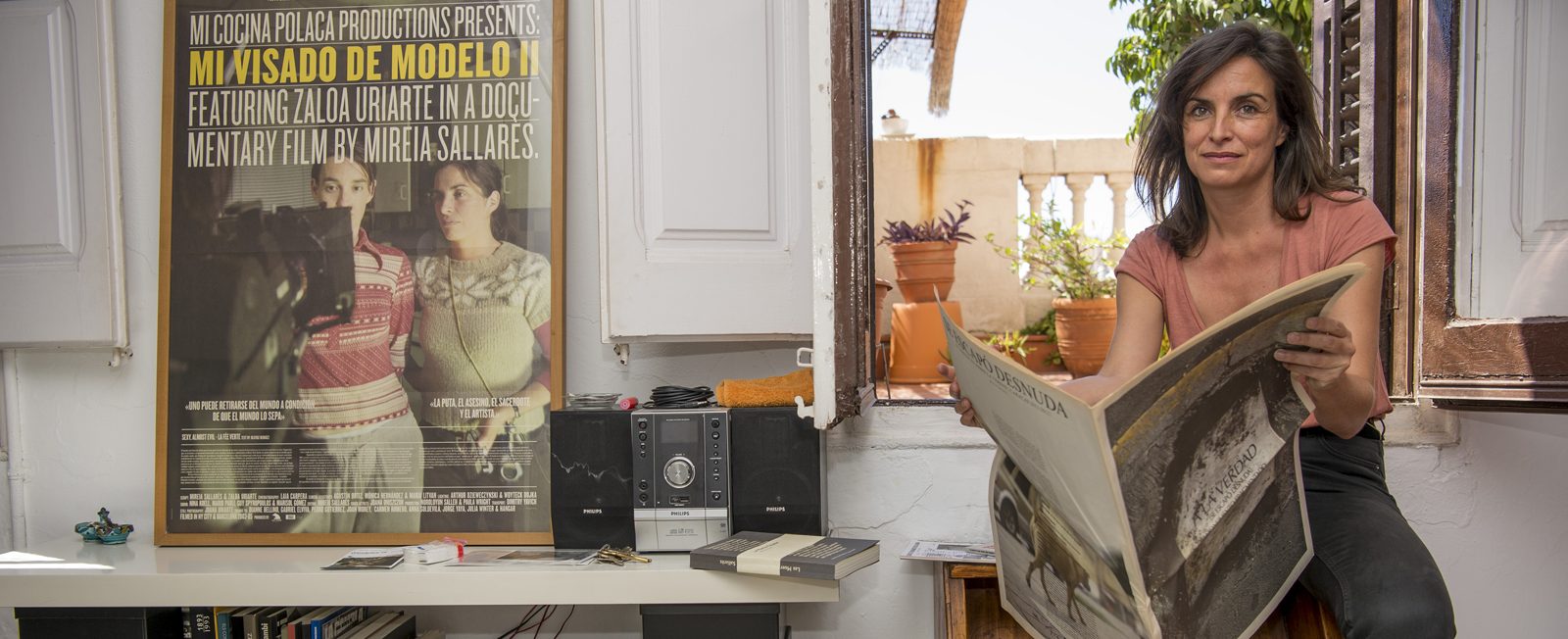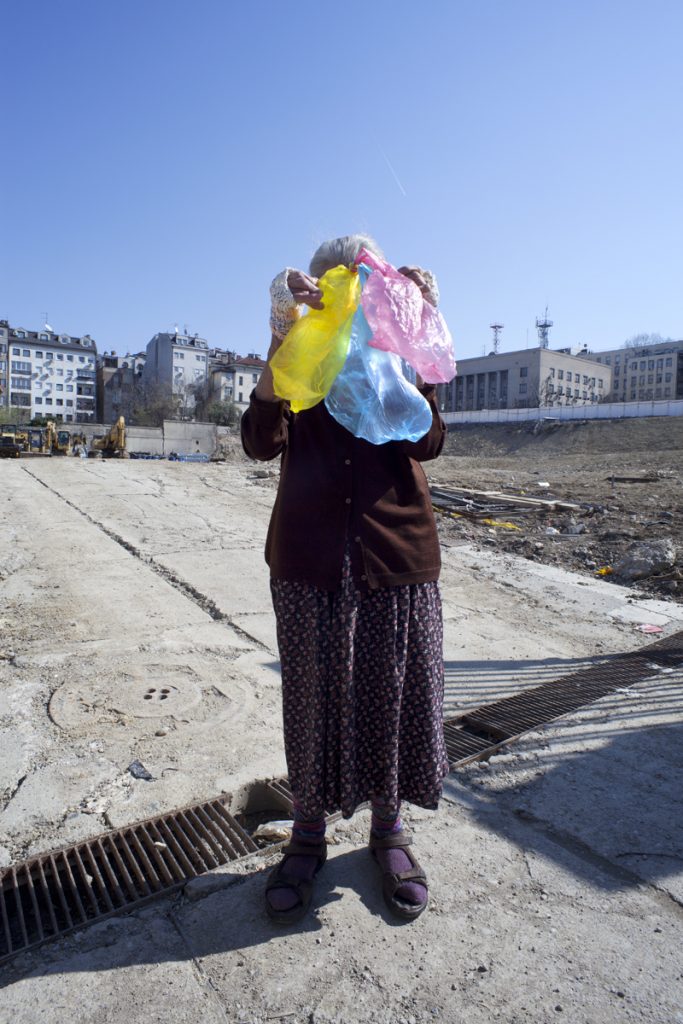
Mireia Sallarès offers a foretaste in Barcelona of the project funded by a Leonardo Grant
Mireia Sallarès, becaria Leonardo de Artes Plásticas 2016, expone un avance de su proyecto Como un poco de agua en la palma de la mano en el Centre d´Art Contemporari de Barcelona Fabra i Coats. Se trata de una propuesta expositiva que, bajo el título MATERIA PRIMA, pretende dar a conocer a varios artistas locales así como sus proyectos y obras más significativas producidas en los últimos años. La muestra se podrá visitar hasta el 1 de abril.
7 November, 2017
Como un poco de agua en la palma de la mano, [Like a little water in the hand], a project whose guiding concept is “Love and Serbia,” comprises a photography series, a book and a film. This is the second part of Sallarès’ “Trilogy of Junk Concepts” on truth, love and work, which she embarked on in 2011. “I see this show as a kind of rehearsal, a chance to try out ideas for the project in its final form. For artists like me whose work processes tend to be lengthy, having the chance to mount a preview that can inform the finished product is a real luxury,” she observes.
Sallarès, specifically, will offer a preview of the photography series, consisting of an installation with the feel of a waiting room, whose space houses eight large-format images. “The photographs depict various cases of loving resistance that characterize today’s Serbia. For instance, associations fighting for the rights of former workers in collectively run factories that were privatized during the war, or illegal settlements of refugees and volunteers, autonomously organized along civil disobedience lines, that cater for basic needs like food or the production of basic dictionaries to facilitate communication,” explains the show’s curator David Armengol.
The montage also features an audio where we hear the voices of the artist and another person, with an interview format that seeks to inform the public not just about the meaning of the images on display but also about the processes and experiences that have colored this long and complex investigation. “Mireia Sallarès’ work also has elements of espionage: extracting information from a particular context without knowing exactly how it will be useful or where it might take her,” Armengol continues. “And this uncertainty or unpredictability is at the heart of how she makes political art.”
“This project explores the concepts of both love and artistic practice,” says Sallarès. A project, she adds, that she could never have finished without the aid of a scheme like the Leonardo Grants. “Receiving the grant was really important to me. I got it for the hardest project of my career, so the support it gives me is a great help but also a great responsibility.”

